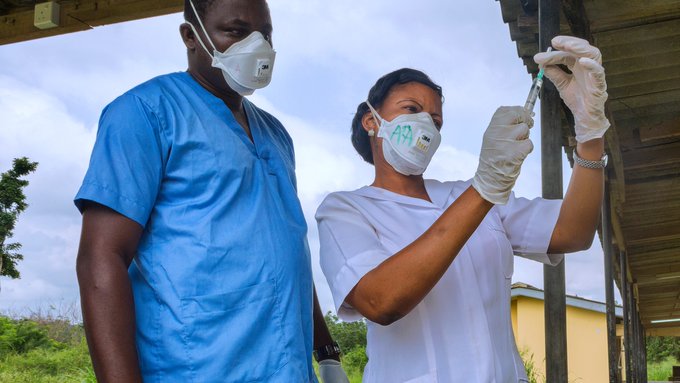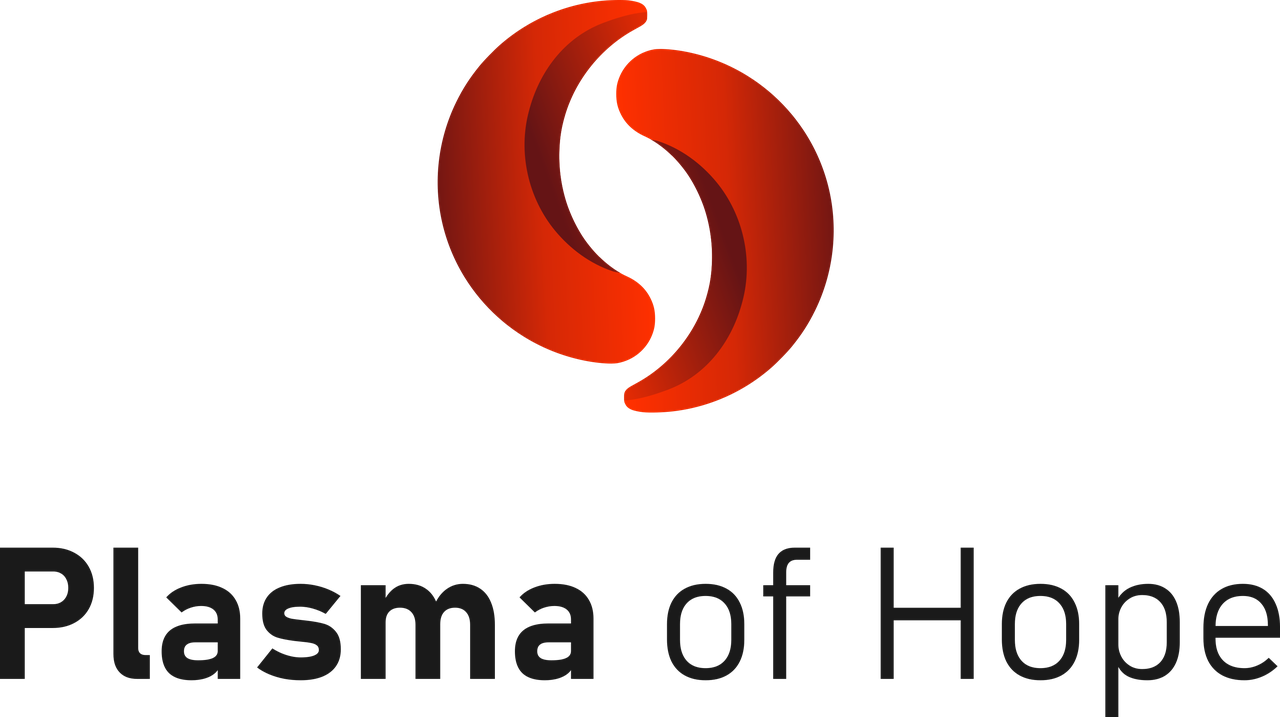The United States’ $100 billion investment in the fight against HIV/AIDS has empowered partner nations to better respond to disease threats and improve people’s lives.
Launched in 2003, the U.S. President’s Emergency Plan for AIDS Relief (PEPFAR) has saved over 25 million lives and helped 5.5 million babies be born HIV-free. HIV-related deaths have dropped 68% since their peak in 2004, thanks in large part to PEPFAR.
While PEPFAR’s focus is on ending HIV/AIDS, the program’s public health improvements also have helped countries tackle other health challenges and prepare for future disease threats.
“We need to look at how the incredible platform established for the HIV/AIDS response can be further used to prepare the world to fight other pandemic diseases, while protecting and advancing HIV/AIDS response gains,” the U.S. global AIDS coordinator and special representative for global health diplomacy, Dr. John Nkengasong, said. “We don’t need to build new systems to fight a pandemic — we should use existing platforms.”
PEPFAR has built testing labs, developed medical supply chains and trained over 325,000 health care workers. These investments have helped countries face health care crises, such as West African nations’ use of PEPFAR-supported labs in responding to the 2014 Ebola outbreak (PDF, 7.6MB).
Numerous countries relied on PEPFAR’s public health advancements during the COVID-19 pandemic. “Two decades of investment in partner nations’ health systems played a critical role in countries’ ability to respond to other health crises such as COVID-19, Mpox, and Ebola,” President Biden said on PEPFAR’s 20th anniversary in January.
PEPFAR investments also have enabled countries to make major social and economic advancements. In a December 2022 report, the San Francisco–based health policy research group Kaiser Family Foundation says that PEPFAR partner nations experience a:
- 35% decrease in child mortality and a 25% decrease in maternal mortality.
- 10% increase in childhood immunization rates.
- 9% reduction in young girls out of school, with a corresponding 8% reduction for boys.
- 2.1% increase in per capita gross domestic product.
In Zambia, average life expectancy increased from age 44 to 62 over the past 20 years, largely because of PEPFAR, according to the U.S. Institute of Peace.
By integrating testing and treatment for HIV/AIDS and other diseases, PEPFAR partner nations are better treating diseases commonly associated with HIV/AIDS, such as cervical cancer, cardiovascular disease and tuberculosis (TB). People living with HIV/AIDS are 18 times more likely than the general population to contract TB, which is the leading cause of death for people living with HIV/AIDS.
In eastern Uganda, PEPFAR supported the Strengthening TB and HIV & AIDS Responses (STAR-E) program, which works to improve diagnosis, treatment and public health outcomes for both diseases. In western Kenya, testing for HIV/AIDS at clinics that also treat cardiovascular disease increases HIV/AIDS detection and allows health systems to better coordinate care.
In South Africa, PEPFAR supports the Pink Ribbon Red Ribbon campaign’s work to reduce deaths from cervical cancer, which disproportionately affects women living with HIV. The campaign expands access to screening and treatment, trains health care workers and provides critical supplies to clinics and hospitals.
“PEPFAR remains a powerful example of America’s unmatched ability to drive progress and make life better for people around the world,” Biden said. “We will build on our decades of progress.”











